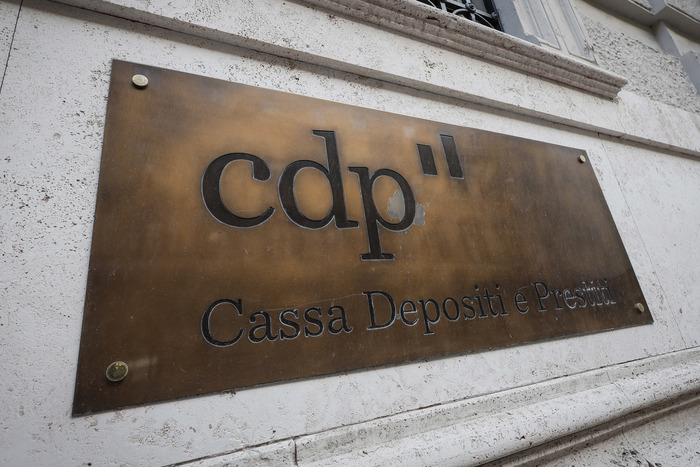In times where there is greater awareness that caring for the environment is paramount for the future, there are new tools to change habits that help reduce the level of pollution. One of them is the calculation of the carbon footprint we generate on a daily basis. Knowing it allows us to make some changes in our lives to reduce it.
The carbon footprint is an environmental measurement parameter. These are the carbon dioxide (CO2) emissions that human beings generate with their activities and consumption. In the case of companies, the carbon footprint responds to the amount of greenhouse gases released into the atmosphere. These gases can result, for example, from the use of fossil fuels.
The web mihuelladecarbono.app suggests a series of habits that can be adopted to reduce it. One of the key data indicates that the average carbon footprint of each Argentine is 5.71 tons of CO2 per year.
The site to calculate the carbon footprint we generate in our daily lives. Photo Capture
Doing the calculation is quite easy. You just need to enter the site, developed by the Government of the City of Buenos Aires, and follow the instructions. The page asks a series of questions about personal habits and gives a number of answers to choose from. As we progress, the algorithm calculates what our carbon footprint is.
Some of the questions to be answered have to do with how much meat is consumed per week, how many kilometers are traveled by public transport or how much we use the car. They also point to the consumption of products such as clothing and aluminum cans. At the end of the questionnaire, the page will give us our annual carbon footprint. And, in order not to be left alone in the diagnosis, it offers recommendations to reduce it.
Among the tips he gives is to walk or ride a bicycle more, buy merchandise at fairs and neighborhood shops; reduce meat consumption, place LED lamps because they last seven times longer and consume 8 times less electricity. They also recommend saving energy by heating only the environments to be used and washing clothes in short periods of the washing machine.
Development for business
In the business and industrial sector, the extent of these emissions is measured in three categories. Scope 1 or "direct" are those caused by the operation of a company (including the use of machinery, transport vehicles or the heating of its facilities, for example).
The site asks questions about the daily routine that affects the generation of the carbon footprint. Photo Capture
Scope 2 or "indirect" ones are created by the production of energy that the company buys (and that can be reduced thanks to the use of renewable energies or the installation of solar panels, among other measures).
And scope 3 (also "indirect") cover those produced by the company's customers and suppliers and are more difficult to address and reduce, because measuring them implies a follow-up of the entire value chain of the company and requires multiple actors to share a series of figures and calculations.
Although in Argentina it is not yet mandatory for companies to measure their carbon footprint (as it happens in other countries, such as Spain), many companies already do so. How are you dealing with this problem? What actions do they implement and what results do they obtain? Does diagnosis help improve indicators?
There are several tools and methodologies that allow you to measure the footprint. ISO 14064-1:2019, for example, defines the limits for calculating and reporting a company's carbon footprint.
Martina Iannone, head of corporate sustainability at Softtek in Argentina, explains that last year – at the company's headquarters located in Las Rozas de Madrid – this standard served to verify the footprint, identify the sources of greenhouse gas emissions (scope 1 and 2) and determine a procedure to calculate them.
"Based on that experience, during 2023 we seek to continue measuring our footprint at all Softtek sites, in order to determine a short-term reduction strategy. Meanwhile, we are developing environmental awareness within our organization through awareness campaigns and courses at Softtek University, our in-house training platform."
Does the implementation of programs to lower the carbon footprint help to lower costs? Iannone says yes, although he clarifies that, depending on the strategy to be implemented, this type of program could require an initial investment that will return to the business in the medium or long term. "That is why it is important to be creative to generate low-cost strategies that can be implemented immediately and that have a high and positive impact on the environment," he concludes.
The National Institute of Industrial Technology (INTI) has also been developing different efforts for the main industries to carry out their measurements in Argentina. In 2022 they launched, together with the National Institute of Agricultural Technology (INTA), a carbon footprint calculator for wheat, which aims to know the environmental impact of the entire production chain of this commodity. This year, in addition, INTI researchers announced those that arise from their survey on the life cycle of the productive chains of yerba mate and tea in Misiones, and that allow to know what is the impact of local production to compare it with other producing countries.
Argentine startup Uali, which uses industrial drones for preventive and predictive analysis in the energy industry, began measuring its carbon footprint in 2023. Today he is working with Dendro, a climate tech that allows integrating and analyzing the relevant information to the calculation of the footprint, improving the process and delivering indicators on scope 1 and 2 emissions, following international standards of the Greenhouse Gas Protocol.
MG
See also









